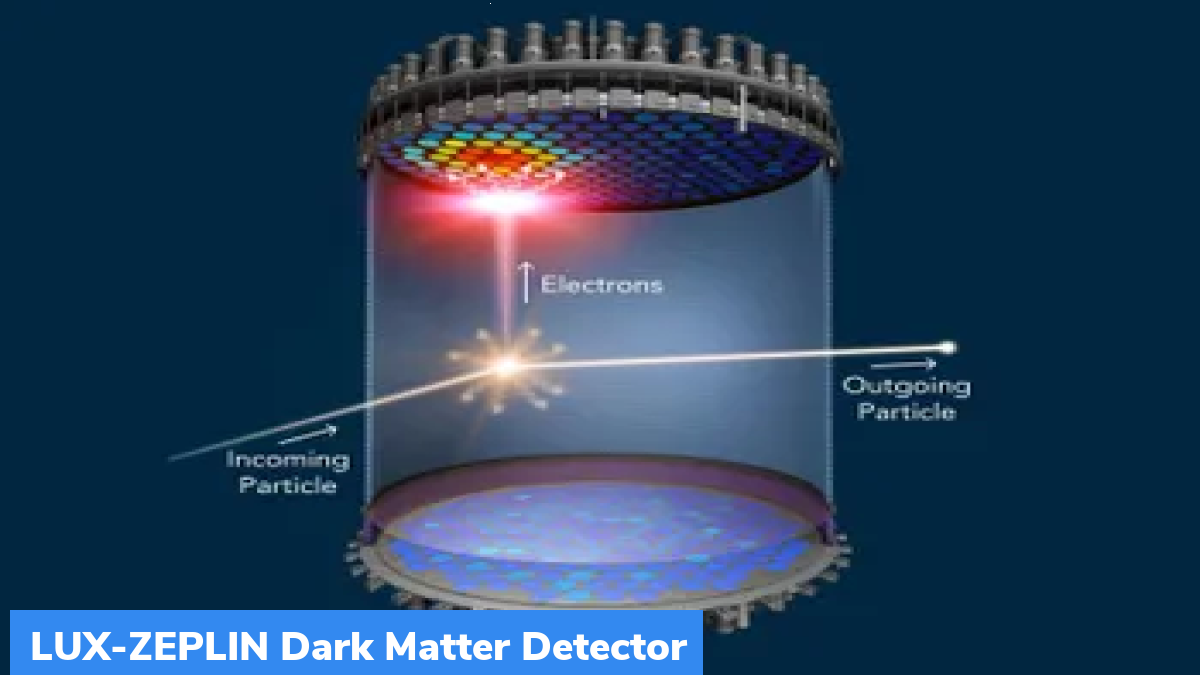LUX-ZEPLIN Dark Matter Detector
The LUX-ZEPLIN (LZ) Dark Matter Detector recently passed the check-out phase of the operation and generated first results.
About LUX-ZEPLIN (LZ) Dark Matter Detector
- LZ Dark Matter Detector has been installed deep down the Black Hills in South Dakota in Sanford Underground Research Facility(SURF).
- The experiment is led by DOE’s Lawrence Berkeley National Laboratory (Berkeley Lab).
- It is the most sensitive dark matter detector of the world.
- Researchers had collected data for more than three-and-a-half-month in initial operations. This period was sufficient to confirm the proper functionality of all aspects of LZ detector.
Significance of the LZ
Dark matter particles have never been detected earlier. But this will not be true for longer. Initial results from the first 60 days live days testing of LZ have generated positive results.
Presence of Dark Matter
Dark matter is not yet seen because it does not absorb, emit or scatter light. However, presence of dark matter and gravitational pull are fundamental to universe. Dark matter accounts for 85 percent of the total mass of universe. It is responsible for the movement of galaxies and shaping.
About the LZ experiment
As a part of LZ experiment, two nested titanium tanks detected faint sources of light from the LZ dark matter detector. The two tanks were filled with ten tonnes of liquid xenon. They were seen through two arrays of photomultiplier tubes (PMTs). Particles mimicking a dark matter signal are detected using the titanium tanks.
Who designed the detector?
LUX-ZEPLIN detector was designed, manufactured and installed by the Berkeley Lab in association with an international team of 250 scientists and engineers from more than 35 institutions in the UK, US, South Korea and Portugal.
Month: Current Affairs - July, 2022
Category: Science & Technology Current Affairs






